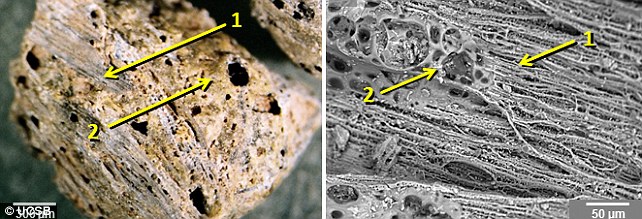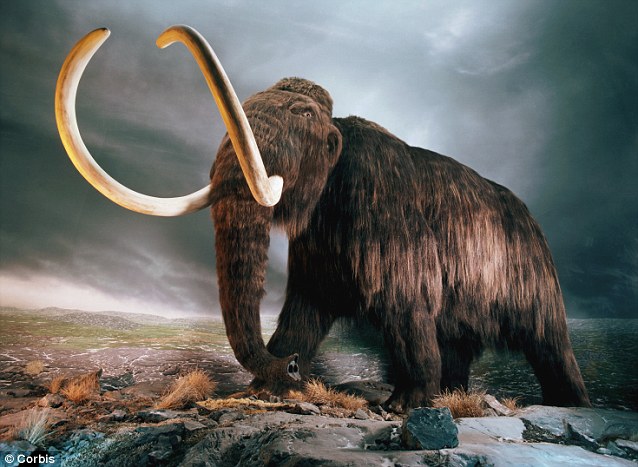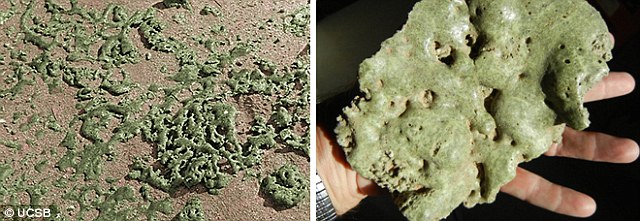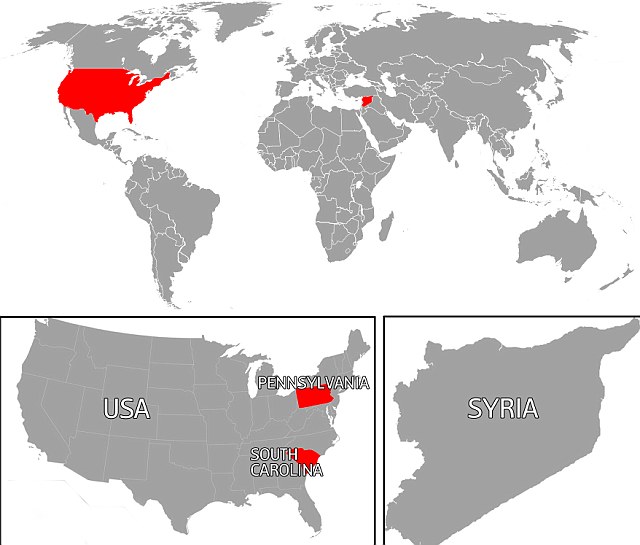Scientists have found compelling evidence that a meteorite storm hit the earth more than 12,000 years ago, and is likely to have been responsible for the extinction of a prehistoric people and giant animals including mammoths.
Evidence of the meteorite’s intense heat was found on two continents. The researchers believe the huge cosmic impact triggered a vicious cold snap, which caused widespread destruction.
The international team found a substance known as melt glass, which forms at temperatures of 1,7000 to 2,200 degrees Celcius and can result from a ‘cosmic body’ hitting the earth.


The material was found in a thin layer of rock in Pennsylvania and South Carolina in the US, along with Syria. Tests confirmed the material was not of cosmic, volcanic or human-made origin.
‘The extreme temperatures required are equal to those of an atomic bomb blast, high enough to make sand melt and boil,’ said James Kennett, professor of earth science at UC Santa Barbara.
The melt-glass appears identical to other material found in Meteor Crater in Arizona, and the Australasian tektite field, and also matches melt-glass produced by the 1945 Trinity nuclear airburst in New Mexico in the US, Professor Kennett said.


The team’s findings support the controversial theory that an asteroid impact occurred 12,900 years ago and triggered the start of an unusual cold period on Earth, leading to widespread extinction of human and animal life. In the cold period, known as the Younger Dryas, North American megafauna including mammoths and giant ground sloths disappeared forever, along with a prehistoric civilisation called the Clovis culture.
The Clovis people used distinctive bone and ivory tools and are regarded as the first human inhabitants of the New World.


Evidence supporting the theory has now been found on three continents, covering nearly one-third of the planet, from California to Western Europe, and into the Middle East.
Syria is the easternmost site yet identified in the northern hemisphere, but the researchers have yet to find a limit to debris field of the impact. Melt-glass has been found in rock layers of the same age in Arizona and Venezuela.


The three sites found in the latest study were separated by 1,000 to 10,000 kilometers, suggesting that ‘a swarm of cosmic objects,’ either fragments of a meteorite or comet, had hit the earth, Professor Kennett said.
Source and Read more: www.dailymail.co.uk
Best Regards
TBU NEWS



